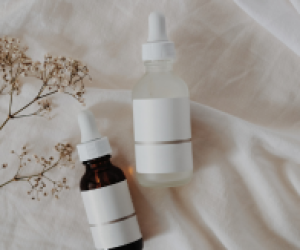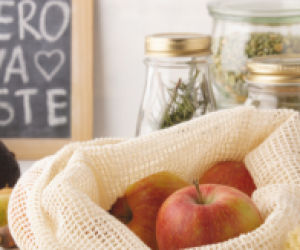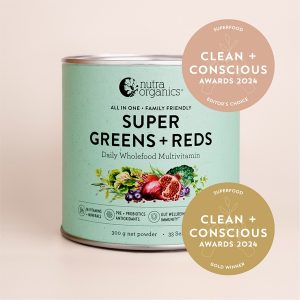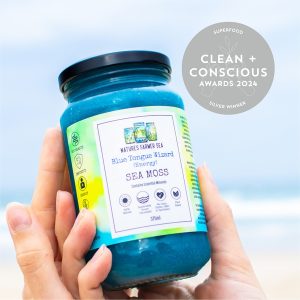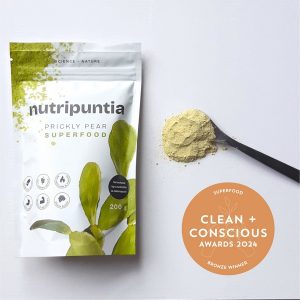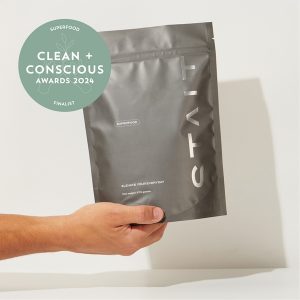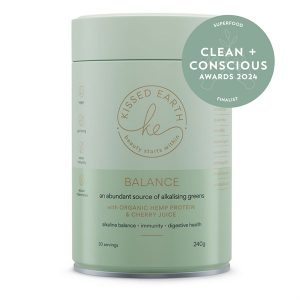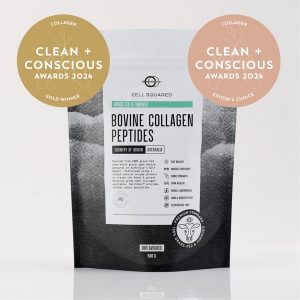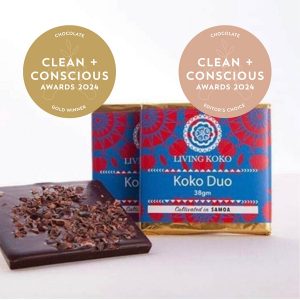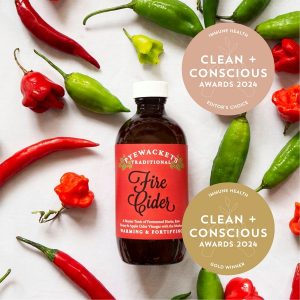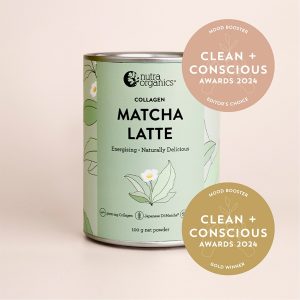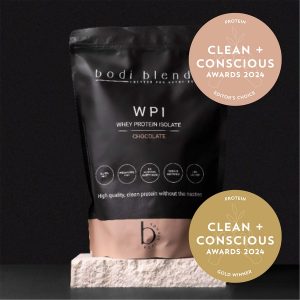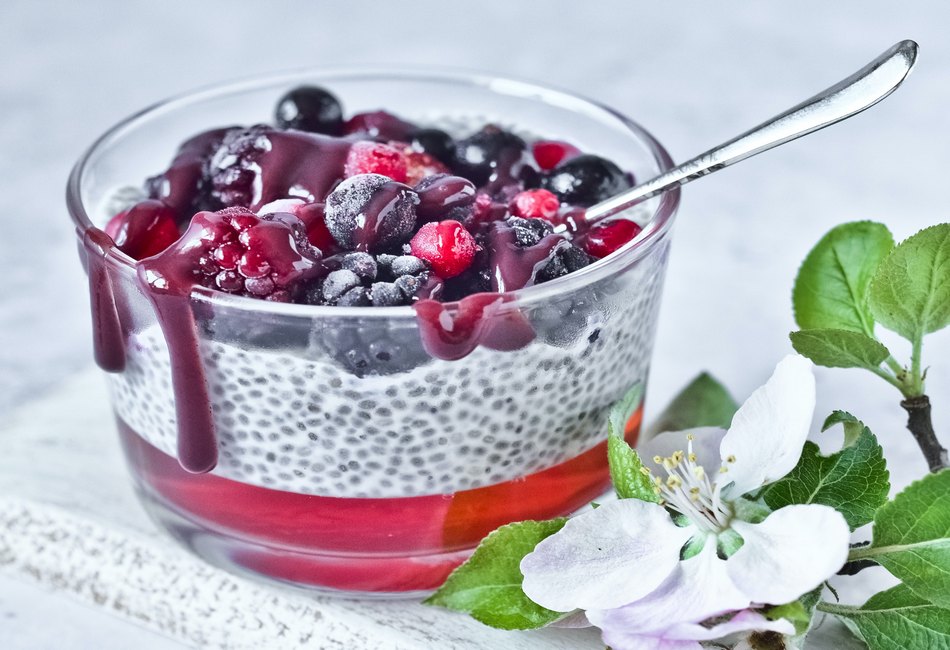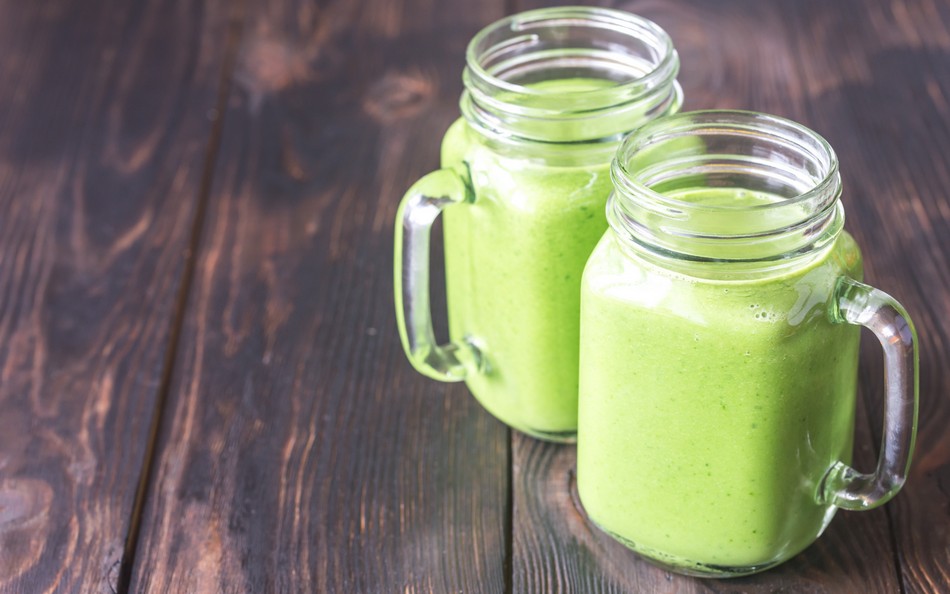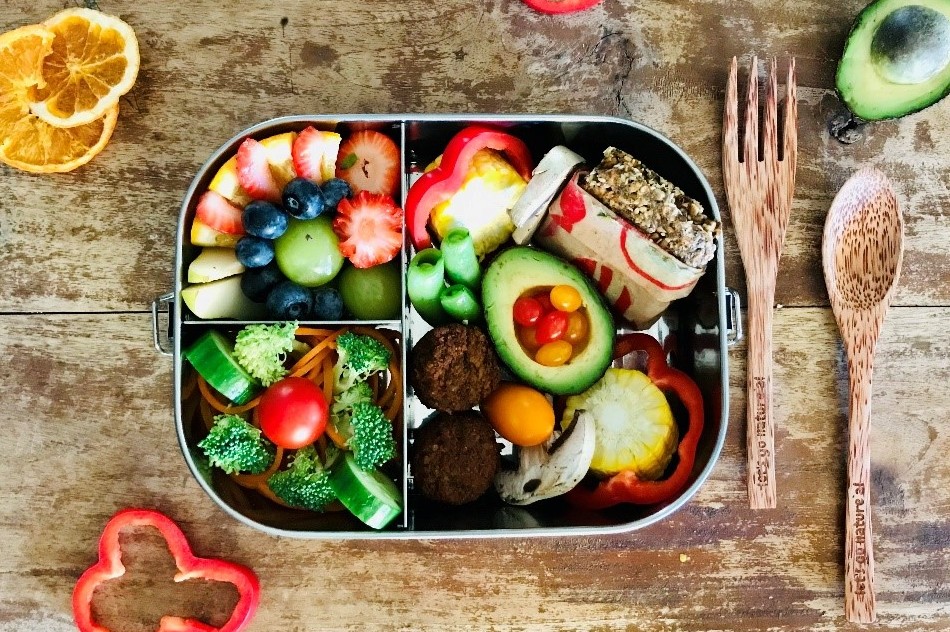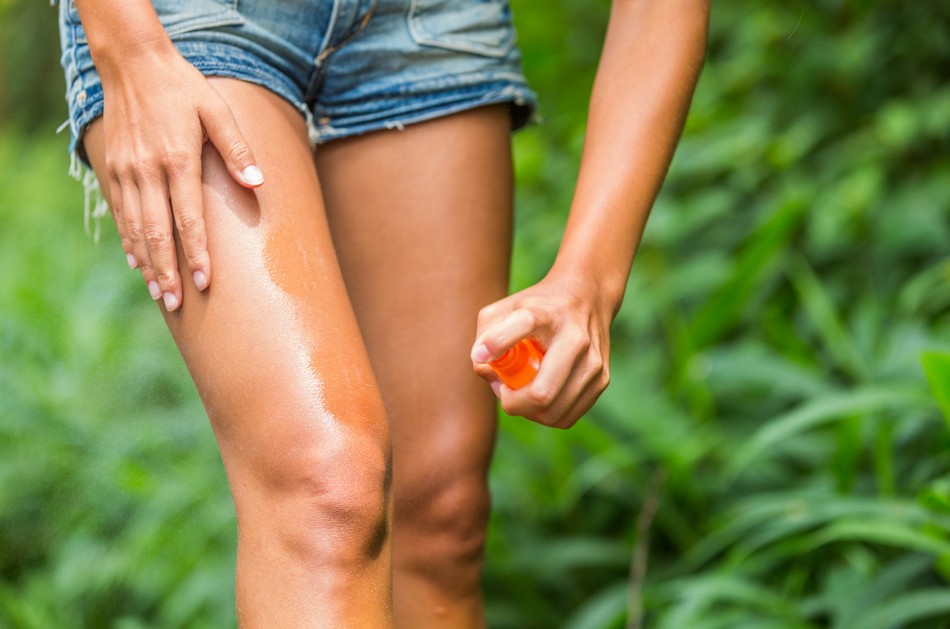Sunday is farmer’s market day and has become a part of our weekly family routine. Ever since my 8-year-old daughter was a baby in a sling, we have made a beeline for our favourite fresh produce stalls before pottering around and enjoying the buzzing atmosphere. My children love it – they see first-hand how produce goes in and out of season, taste the sweetness of truly sun-ripened fruit – often in all its outwardly imperfect glory, and also meet the farmers and hear about how weather events affect crops.
I always go to the market with a specific list of produce in mind. While I would love to buy everything organic, it’s not always practical, definitely not affordable and often not even available.
Why buying ‘some’ organic food matters
The argument for buying organic is strong. Simply put, people who eat organic produce, eat fewer pesticides.
The American Academy of Paediatrics has stated that children are particularly susceptible to pesticide toxicity. Studies have linked pesticides with paediatric cancers, decreased cognitive function, and behavioural problems.
Babies are more vulnerable to pesticides as their gastrointestinal tract is still developing and they are less able to break down toxins. They also eat more food relative to their body weight. Pesticides are also present in breastmilk.
Are pesticides regulated much in Australia?
In Australia, a pesticide can be used unless there is conclusive scientific evidence that it is hazardous to human health. This is in contrast to some other countries which use precautionary measures to safeguard public health.
This has caused Choice magazine amongst others, to voice concerns about the regulation of pesticides in Australia. Unless we buy organic conventional produce, we can’t be sure about the pesticide exposure of our fruit and vegetables. However, there are some produce that are affected more by insects, fungus and disease than others.
Who does the regulating?
The regulation of pesticides on fruit and vegetables also falls to industry. When testing does occur, growers are given warning and so are able to potentially reduce their pesticide use prior to testing.
A government study was completed in 2008, however a newer one written in 2013 remains unpublished. Guardian reported recently that they acquired it through freedom of information laws and found; “Testing of strawberries revealed samples with up to 90 times the maximum residue limit (MRL) set for dimethoate, while one apricot and nine peach samples contained levels of the now-withdrawn pesticide fenthion that were “unacceptable from an acute or short term dietary risk perspective.”
Does this mean I have to buy everything organic? The middle way
Buying everything organic isn’t affordable. There is however a middle way where we can avoid produce with the highest pesticide load (such as green beans) and buy the produce which requires the least pesticides conventionally (such as avocados).
Each year, the American Environmental Working Group (EWG) publishes a list of twelve produce with the highest amount of pesticides, “the dirty dozen” and a list of the fifteen produce least likely to have pesticides, “the clean fifteen.” This is an American publication, however it is often viewed that Australia’s non- organic farming practices are very similar.
The 2024 Dirty Dozen List
2024 Dirty Dozen List
This year’s Dirty Dozen items include:
- Strawberries
- Spinach
- Collard greens, kale, and mustard greens
- Grapes
- Peaches
- Pears
- Nectarines
- Apples
- Bell peppers and hot peppers
- Cherries
- Blueberries
- Green beans
Collard greens, kale, and mustard greens had the highest number of pesticides (103), followed by bell peppers and hot peppers with 101.
The 2024 Clean Fifteen List
In contrast, the Clean Fifteen list highlights the 15 produce items with the lowest amounts of pesticide residue. For 2024, these are:
- Avocados
- Sweet corn
- Pineapple
- Onions
- Papaya
- Frozen sweet peas
- Asparagus
- Honeydew melon
- Kiwi
- Cabbage
- Watermelon
- Mushrooms
- Mangoes
- Sweet potatoes
- Carrots
Avocados and sweet corn were the cleanest, with less than 2% of samples showing detectable pesticide residues.
An easy way to think about it
Produce which need heavy amounts of pesticide and are most beneficial to buy organic fit into two groups:
- Fruits and Vegetables with edible skin (grapes, berries, peaches, apples, celery, capsicum, cucumber etc)
- Leafy greens including herbs (spinach, kale, parsley etc)
The produce which have the least pesticides and are least important to buy organic:
- Need to be peeled(mango, avocado, onion, papaya, rockmelon, honeydew melon, grapefruit.)

Can I just peel my produce?
Unfortunately simply peeling fruit and vegetables that have high amounts of pesticide residues doesn’t completely remove them. When a fruit has exposure to pesticides, it is absorbed into the whole fruit and don’t just sit on the skin. Also, by removing the skin, we remove a lot of nutrients too. Pesticide levels in foods decrease with cooking, so this can be a good option if buying the dirty dozen organic isn’t possible.
A cheaper way
Another great option is to become best friends with the delicious clean fifteen produce and incorporate them into your diet as much as possible. They already make up most of my and my family’s favourites – sweet potato, avocado, melon, mango – yum! And because they have low levels of pesticides, they contain all the same health benefits as organic produce.
Spray-free rather than organic
Organic produce can be expensive. At farmers markets, you can often find in-transition farms who can offer almost organic produce at cheaper than organic prices. It takes a long time for a farm to completely go organic due to waiting for soil to be free from contaminants etc. so you can often pick up a good deal if you ask about. Also, you can often pick up frozen organic produce such as berries in the supermarket at much cheaper prices than buying fresh.
